San Elijo Lagoon Inlet Facing Possible Closure
Follow ( 0 Followers ) X Follow E-mail : * Follow Unfollow
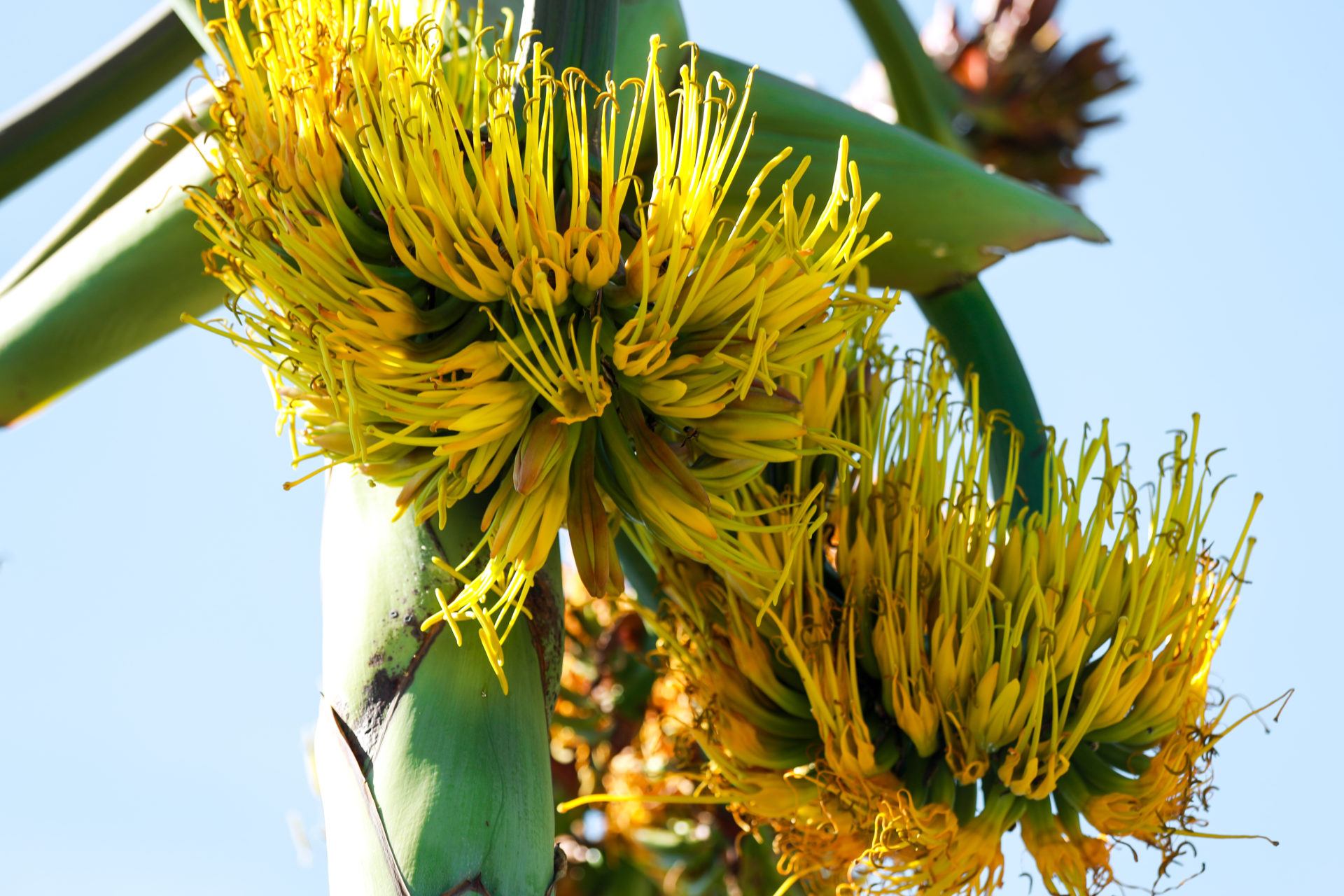
San Elijo Lagoon Ecological Reserve is home to a rare agave species that is indigenous in this region. You can see the most visible one located at the Nature Center, planted here years ago. This eye-catching succulent has fiercely-armed rosettes with a tall spike of flamboyant yellow flower clusters. This is Shaw’s agave.
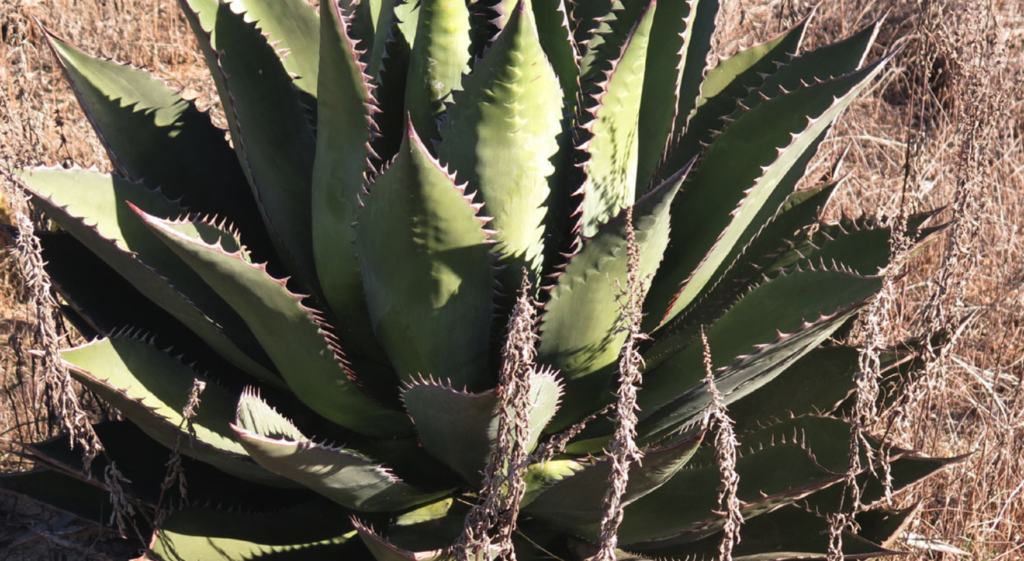
Above: Rosette of the Shaw’s Agave (Agave shawii var shawii). A rosette is where the leaves radiate from the center stalk either right at ground level or close to ground.
Last summer, this Shaw’s agave sent up a large flower spike. The top of the spike quickly reached the level of the Nature Center’s roof garden. For months, the main spike sat there. Not until late January 2021 did buds of the lowest clusters begin to open. This late winter, you have the opportunity to view the spectacular flowers up close.
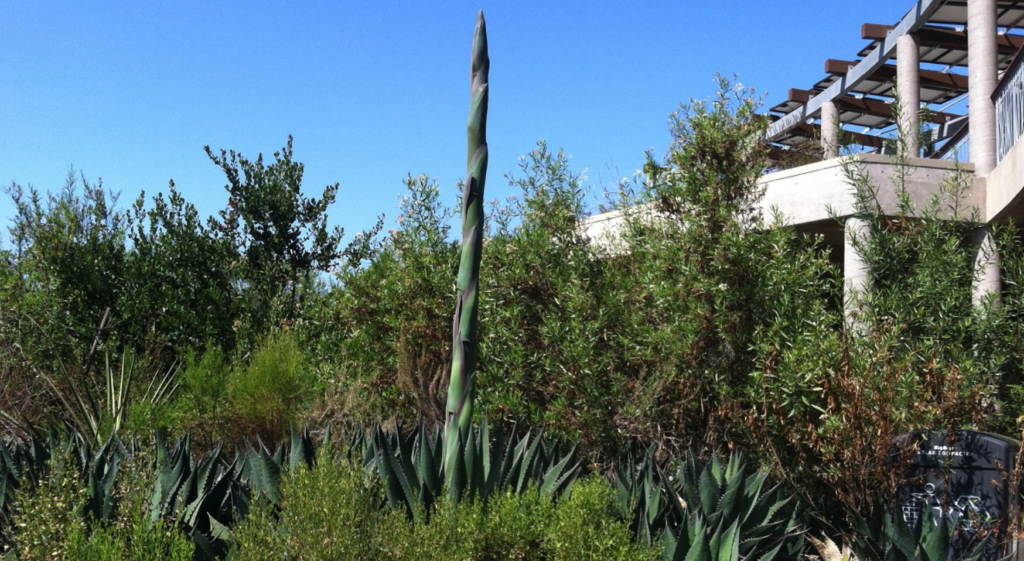
Above: Shaw’s Agave flower spike at the San Elijo Lagoon Nature Center | July 2020
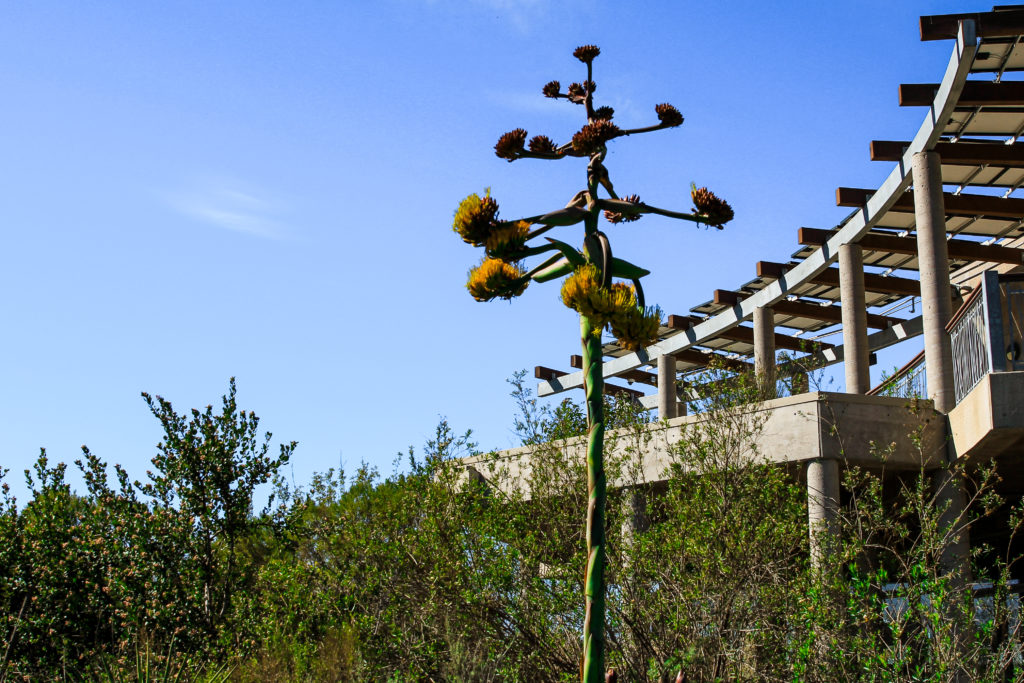 Above: Shaw’s Agave flowering at the San Elijo Lagoon Nature Center | February 2021
Above: Shaw’s Agave flowering at the San Elijo Lagoon Nature Center | February 2021
Like its relative, the Century plant, a rosette of Shaw’s agave blooms only once — sometimes after 30 or 40 years of growth — before that rosette dies and other rosettes of the same clone continue the existence of the original plant.
This is a protected plant in place because most of its habitat has been lost to development. Shaw’s agave is indigenous to Baja, California and southwest San Diego County. It is found in a narrow band along the coast north of El Rosario.
The Mystery of Pollination
The young agave seedlings are vulnerable to grazing by rabbits. Caging future seedlings may provide an effective way to improve survival in the wild (similar to how Nature Collective covers new plants with temporary cones in restoration areas).
Shaw’s agave has large, upright, tubular-to-cup-shaped yellow flowers held away from the main plant. Shape and pale color are characteristics of bat pollinated flowers. However, more than half the nectar is produced during the day! This is evidence of daylight pollination.
Some botanists believe that Shaw’s agave is evolving away from nighttime bat pollination to pollination by daylight bees, hawkmoths and birds.
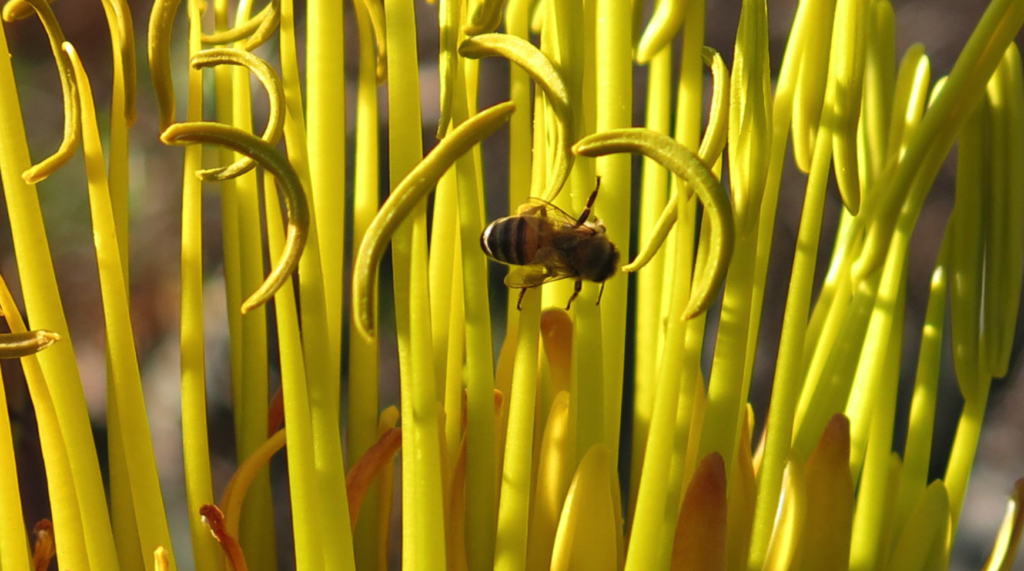
Above: The short flower clusters are swarming with bees. The anthers act like teeter-totters under the weight of a bee giving a cluster the appearance of a busy playground!
For the next couple of months, while this Shaw’s agave blooms, we have an opportunity to observe this unwritten chapter in the ecology of the plant. How are the flowers pollinated? We will look to see if these rare agaves might provide cross-pollination, a chance for the Nature Center population to change, to adapt, and to ultimately survive and evolve.
Shaw’s agave is a mysterious succulent. Learn more online in our Guide to the Plants of San Elijo Lagoon Ecological Reserve.
Your gifts make a difference.
Please join us today, make a donation of any amount, because your financial support is how we maintain healthy ecosystems, and rare succulents! All for nature + community. Thank you.
Follow ( 0 Followers ) X Follow E-mail : * Follow Unfollow
Follow ( 0 Followers ) X Follow E-mail : * Follow Unfollow